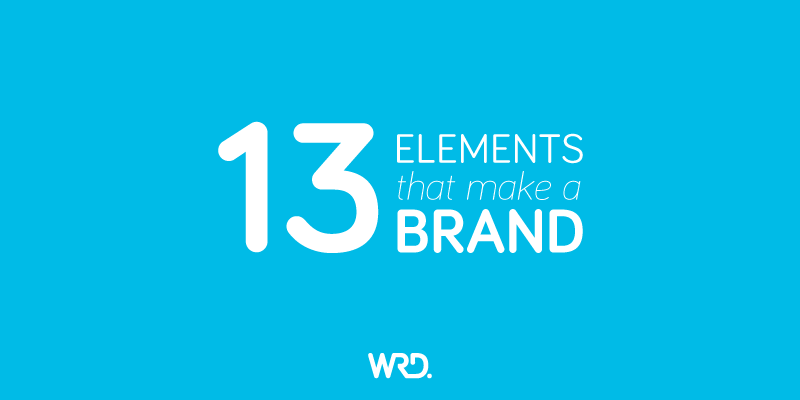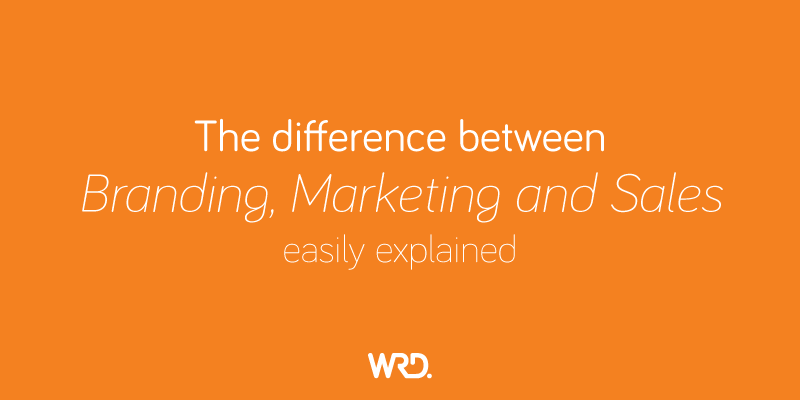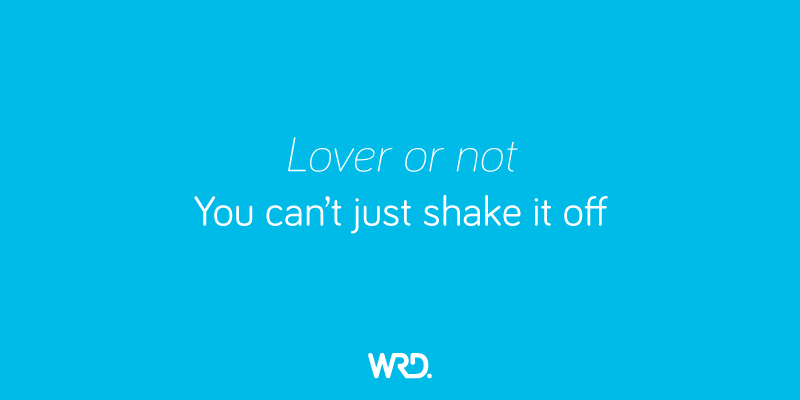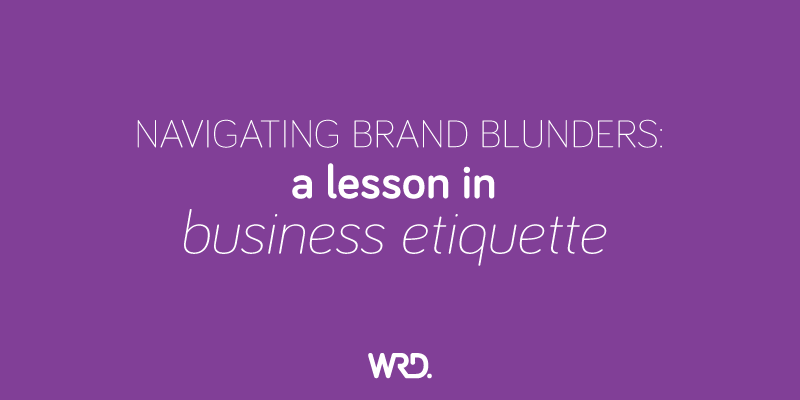I recently met a business owner who, after I mentioned that I am in the creative business of branding, announced that they had just ‘rebranded’ and proudly showed me their new logo. When I started talking about other branding elements, they began to glaze over with the response of “no, I don’t have any of that, just the logo.” This is not the first time that this has happened. There are many people who are very confused about what branding is, and that it’s far more than simply having a logo.
Now don’t get me wrong. Having a well designed, target focused logo is an essential element to your brand, but it is simply the foundation from which so much more is developed. Branding is not a new concept. In fact is has been done for centuries, from the Scottish wearing their distinctive kilts, to farmers who literally hot iron branded their cattle with a recognisable symbol. This quick, easy to identify system is the basis for branding. The trick is to make your brand as distinctive as possible so that you become front of mind when people think of your service or product.
Here’s a bit of branding fun. What is the first name that comes to mind when I say:
Fast food?
Safe car?
Soda?
If you answered McDonalds, Volvo and CocaCola, you are not alone. Why is this? Well, these brands have been developed to give a very consistent message to their particular target audience. Check out our 13 essential elements needed to make up a connected and inspiring brand.
13 Elements that make a brand
1. Understand your Brand Personality
Have you ever heard of Brand Personalities? Similar to human personalities, brands can apply these personality traits to how they communicate, connect and interact with their customers. The most exciting part of this strategy is that everyone already knows the traits relating to each personality, so by simply applying the system to your business, you will subconsciously attract the right customer to your business.
When you know and understand your Brand Personality you will have incredible clarity around how to behave, how to communicate – so social media, emails and website not to mention over the phone or face to face. It helps you define and structure your brand so that everything feels as though it has been well crafted and fits together.
Find out your Brand Personality.
2. Define your brand promise
Most people focus on their mission and vision for their business, but never think about their brand promise. The mission and vision is great to have but it’s all about the business. The promise is about the customer. It is your commitment to them that you will do as you say. It addresses their key pain point and helps take away any objections to working with you. Your promise is your bond, your launch point towards building trust with you customer. So take the time and ensure that you are addressing their key issue and then do everything in your power, every day of the week to meet that promise head on.
3. Share your Brand Story
Brands that harness the power of storytelling as able to engage with their audience more than those that simply focus on the business of business. People relate to and remember stories far more than facts and figures. Brands that have a relevant and enticing brand story, will attract the right people who will not only love and trust the brand, but these customers will more likely become loyal followers and raving fans. Stories are a great way to position yourself in the market, set a culture and provide a strong message for your brand. Brand stories can set you apart from your competitors and if everyone in your organisation knows and can share it, it will help cement your brand as the go-to when it comes time to purchase. Remember to tell your brand story often and ensure that all people involved in the business know the story too and are able to tell it well.
4. What do you want to be famous for?
As much as we would like to think it, the reality is that none of us is likely to build a brand as big as CocaCola or Nike. However with a great brand strategy and a decent plan of action, you could very well build a strong brand within your industry, geographical area or with a particular target audience. Earlier I did the fun exercise of you guessing the brand by simply stating ‘fast food’, ‘safe car’ or ‘soda drink’. These words prompted you to think of the brands that dominate these words. By building a brand in your geographic area or with your direct target audience, you become an industry leader. Some brands are so strong that they have even started to ‘own’ the product area that they are in, such as tissues being referred to as Kleenex or cling wrap being referred to as Glad Wrap. This is not something that happens quickly or easily, and it means that consistency in your message, delivery, promise and brand as a whole needs to be your key focus.
5. Develop a Brand Culture
A strong brand culture is more than free food and ping-pong tables. Brand culture runs deep in an organisation where mutual values and respect are shared, regardless of whether you’re sitting in a c-suite or you’re an apprentice. Diversity, inclusion, tolerance and leadership help define how the brand treats its employees and customers. Well defined roles and responsibilities where staff are well trained and educated in the brand values, all help create a working environment that make your business an employer of choice. This is a massive topic so we share 14 ways to build a healthy brand culture in one of our other blogs.
6. Craft a Brand Experience
Brand experience is what memories are made of. Who doesn’t enjoy heading into their favourite café and receiving your coffee the way you like it each and every time? Even better is when the staff smile and acknowledge you, and better still, if you’re a regular customer, they call you by name. The simple experience of getting your coffee becomes an enjoyable one, which if executed correctly, will ensure that the customer keeps coming back. Giving clients the opportunity to experience your brand is essential. Think about all of your touch points – telephone, website, social media, face to face are just a few. It is worth spending time coming up with an experience that will be enjoyed by your customer, but will leave a lasting memory.
7. Create a logo
Yes, you do need a logo. Even though I bang on about the fact that your logo is not your brand, the reality is that you do need one. The main reason is because as humans we are visual creatures and are able to identify shape and colour very quickly. If you consider the big brands that are known and loved by many, their logos are simply and easy to reproduce across multi media such as print, online, silk screening, embroidery or signage. Logos that have been created with drop shadows, fancy effects or trendy fonts, don’t always translate well across platforms, nor do they pass the test of time. The result is that their logos become outdated quickly and immediately damage the brand from a visual perspective. Similar to a house that needs strong foundations, so too does your brand, and your brand foundation is your logo. It is essential to get a professional who knows what they are doing to create or evolve your logo. Your business is too precious to leave this important stage in the hands of your best friends, daughter who is good at art!
8. Set your Brand Voice
To develop your brand voice it is essential for you to know and understand the your Brand Personality. Is your brand fun, youthful, creative, serious, adventurous, caring, sensual or down to earth? Your brand can be one or two of the 12 personalities developed by Swiss philosopher, Carl Jung. Once you know your personality type, it makes it a lot easier to know what language and tone to use in your collateral and correspondence with your audience. If your personality/brand is exciting, thrilling and adventurous such as Jeep, then you can use adrenaline pumping words and high energy in your material. However, if your brand and message is supportive, nurturing and caring such as Dove, then a calmer and more gentle tone would be used. Knowing your personality and target audience is essential in setting the correct tone and language to represent your brand.
9. Have a tagline or slogan
“Just do it”
“Think Different”
“Finger lickin’good”
I don’t think that I need to give the answers to these as pretty much anyone who has seen a TV, heard the radio or read a newspaper would have come across these at some state. Th3 constant repetition of the same consistent message ensures that the slogan becomes a huge part of the brand equity. A slogan can not only add interest to your brand, but it may relate to a core message that you are wanting to send. Once again, spend some time working on this to get it right the first time. We a blog that may help you create a tagline for your brand. You don’t want to keep changing your slogan too often as this will once again cause brand confusion.
10. Build your collateral
What do I mean by collateral? This is the collection of media from business stationery, brochures, annual reports and adverts through to your website, newsletters and signage to name a few. Your brand needs to be consistently followed through all these areas to ensure that not only does the look stay true to the brand, but that the message does too. You need to ensure that all of your collateral matches so that if I were to pick up your business card, then head to your website or later see your sign written vehicle on the road, that they would all match. There is no excuse for not keeping true to your brand image. Not having enough cash for a professional design is not a good enough excuse – this is your business and it deserves to be invested in. This is the visible aspect of your brand that is so vital in attracting people to your service or product. To become front of mind, consistency is king. Imagine if McDonalds kept changing the colour of their ‘golden arches’? Everyone can do this quick test… Put all of your printed items on your desk next to your computer with your website visible. Does it look like it belongs together? If not, you need to work on building a more consistent image for your brand. Having a company style guide is a great way to ensure that everyone in your organisation represents the brand correctly.
11. Dress code
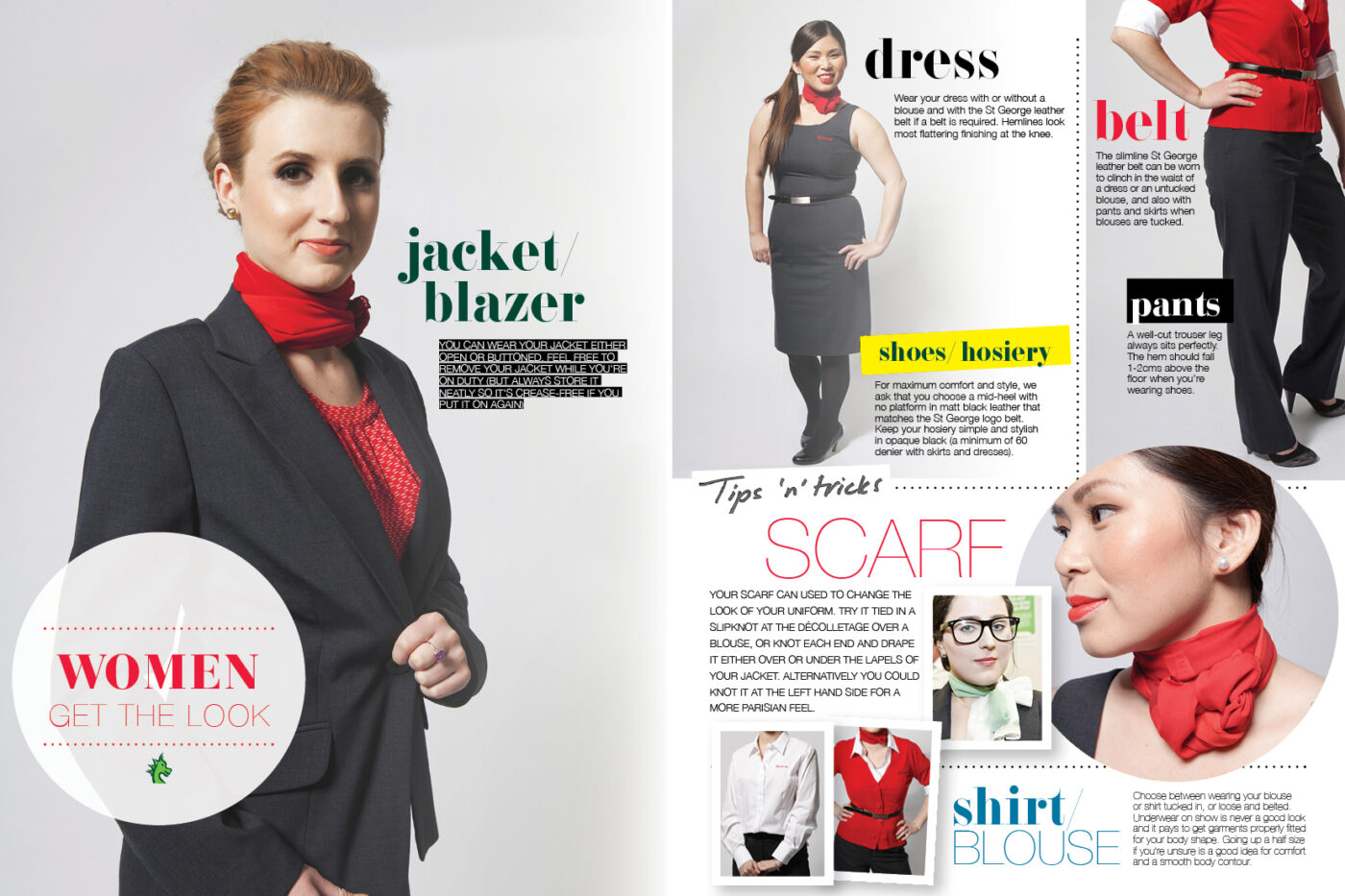
What you and your team wear also directly affects your brand. Having someone wearing a tracksuit and sneakers to work in an office environment is inappropriate, however if you’re a personal trainer, wearing these clothes would be very acceptable. Likewise, if women wear clothing that is too revealing or a man has constant body odour, these are issues that need to be addressed if they are not brand appropriate. Dress code is often an area of branding that people overlook, but it is an extremely important aspect as it is a visual cue that can make or break a first impression.
12. Systems
Strong systems are critical to the success of a brand and your brand culture. Ensuring that there is a system from the answering of a phone to the finalising of a sale will ensure that your customers have a constant experience with your brand time and time again. I recently visited the Apple store in New York where I was amazed that even though it was triple the size of the Apple store in my home town, the process of them dealing with their customers was exactly the same. Without systems in place to ensure a consistent level of service, your clients could have a good experience one visit and a bad experience the next. Document your systems and ensure that all staff are correctly trained so that the customer has a good experience each and every time.
13. Train Your Team
Training your team is overlooked far too often yet it’s an essential element in being able to maintain your brand. If everyone in your business knows how to behave, how to talk customers and what is an appropriate dress code, the chance of the brand maintaining its core message and values are much higher than if your team is untrained. If we take McDonalds for example, staff are trained in the systems and procedures so that even a 15 year old will be able to provide the exact same service as a 30 year old.
If you are still confused about your brand personality, story or direction, please contact our award winning creative team. Here is a link to our Sydney Design Award winning brand as well as our online portfolio which demonstrates how we have been able to transform businesses into brands. Our WRD team are branding specialists who really know how to create magic! Give us a call on 1800 403 680.
